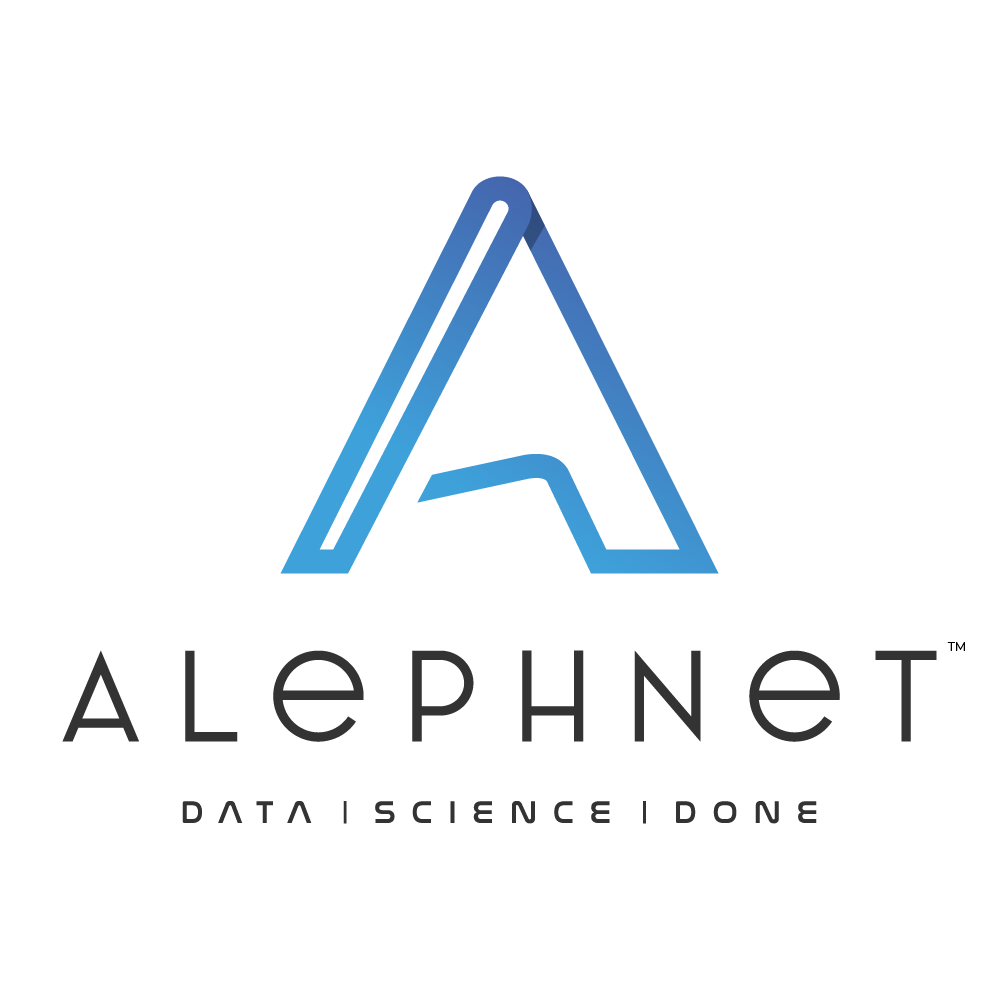

Alephnet, LLC
3911 4th St.
Lubbock, TX 79415, USA
Phone: +1 (806) 902-7010 Email: [email protected] Website: www.alephnet.ai
The freely accessible content on this website has been created with the greatest possible care. However, Alephnet, LLC does not guarantee the accuracy or timeliness of the provided content. Contributions identified by name reflect the opinion of the respective author and not always the opinion of the provider. Merely accessing the content does not establish any contractual relationship between the user and Alephnet, LLC.
This site contains links to third-party websites (“external links”). Alephnet, LLC checked the external content for legal violations at the time of linking. No violations were apparent then. Alephnet, LLC has no influence on the current and future design and content of the linked pages. The inclusion of external links does not imply that Alephnet, LLC adopts their content as its own. If legal violations become known, such links will be removed immediately.
The contents on this website are subject to U.S. copyright and ancillary copyright law. Any use not permitted by these laws requires prior written consent from Alephnet, LLC or the respective copyright holder, including copying, editing, translating, storing, processing, or reproducing content in databases or other electronic media. Third- party content is marked as such. Unauthorized reproduction or distribution of content is prohibited by law.
Displaying this website in external frames is only permitted with written permission.
If special conditions for individual uses of this website deviate from the above, they will be expressly indicated in the relevant section. In that case, the special terms of use shall apply to that individual case.
Strategic technology leadership — without the full-time cost
Get executive-level guidance to drive your company’s technology strategy, infrastructure, and team performance. As your Fractional CTO, I integrate seamlessly into your leadership team, bringing deep expertise in cloud architecture, data platforms, and AI integration — tailored to your growth stage and budget.
Build smarter systems. Align tech with business goals.
Whether you need to modernize your legacy stack, launch a digital product, or scale your infrastructure, I help you connect business strategy with the right technology decisions. My consulting approach blends hands-on architecture with C-level advisory, so you don’t just get reports — you get results.
Sharpen your thinking to lead in an AI-powered world
AI changes everything — but only if your mindset evolves with it. Through custom coaching and team training programs, I help leaders and professionals develop the philosophical, logical, and systems thinking required to use AI tools effectively and ethically.
Turn raw data into real-time, reliable decisions
From data lake architecture to operational dashboards, I design and build end-to-end data systems that fuel your business with insight — not just more information. I specialize in transforming data infrastructure for scale, compliance, and machine learning readiness.
At Alephnet, we are committed to delivering high-quality services. However, we understand that circumstances may arise where a refund is appropriate.
If you believe you are entitled to a refund or have any questions, please contact us at [email protected]. We aim to resolve all refund inquiries within 7 business days.
At Alephnet, we respect your privacy. This policy explains how we collect, use, and protect your personal information.
We do not sell, lease, or share your personal information with any third parties for marketing or commercial purposes. We may share data with:
You can choose to disable cookies through your browser settings, but this may limit certain site functionality.
We implement industry-standard security measures (encryption, firewalls, access controls) to protect your data. However, no method of transmission over the internet is 100% secure.
Welcome to Alephnet. By accessing or using our website ( www.alephnet.ai), you agree to comply with and be bound by these Terms of Service. If you disagree with any part, you must discontinue use immediately.
All content on this site (text, graphics, logos, images, audio clips, data compilations) is the property of Alephnet, LLC or its content suppliers, protected by U.S. and international copyright laws. You may view, download, and print content for personal, non-commercial use only. Any other use (reproduction, modification, distribution) without our express written permission is prohibited.
Disclaimer of Warranties: The site and its content are provided “as is” without warranties of any kind, whether express or implied. Alephnet disclaims all warranties, including merchantability, fitness for a particular purpose, and non-infringement.
Limitation of Liability: Under no circumstances shall Alephnet, LLC, its officers, directors, or employees be liable for any indirect, incidental, special, consequential, or punitive damages arising from your access to or use of the site.
These Terms of Service shall be governed by and construed in accordance with the laws of the State of Texas, without regard to its conflict of laws principles. You agree to submit to the exclusive jurisdiction of the state and federal courts located in Travis County, Texas, for any disputes arising from these terms.
We may update these terms at any time. Revisions will be effective as of the “Last Updated” date posted at the top of this section. Your continued use of the website after changes are posted constitutes acceptance of those changes.
If you have any questions about these Terms of Service or this Privacy Policy, please contact us at:
Email: [email protected]. Address: 3911 4th St., Lubbock, TX 79415